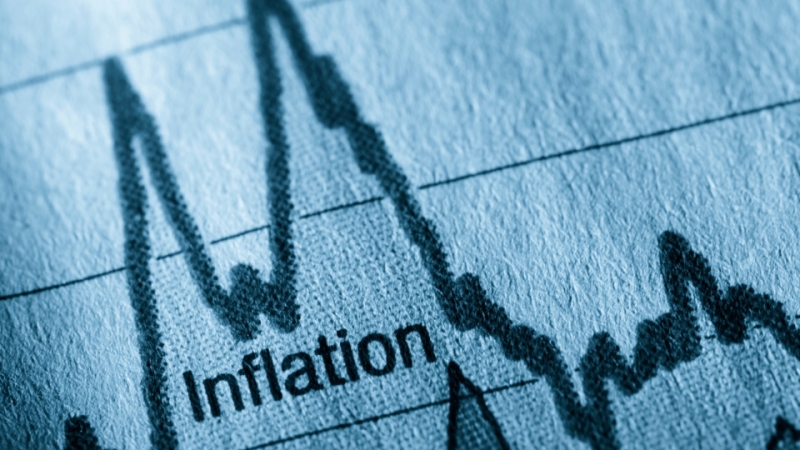Advertisement
NMP Market Barometer: August 2009 Part I

Provided exclusively to National Mortgage Professional Magazine by David Beadle, president of BestInfo, Inc., home of the BestRates cell, pager and e-mail rate alert service for mortgage industry subscribers. A reading of "1" has the lowest impact on rates, while "10" has the highest. Although carefully verified, data are not guaranteed as to accuracy or completeness. BestInfo, Inc. cannot be held responsible for any direct or incidental loss or liability incurred by applying any of the information or opinions in this feature.
August 3
July Vehicle Sales
Rate Impact: 6
With the federal "cash for clunkers" program in effect as of approximately July 24, it will be interesting to see if federal stimulus efforts have had any meaningful effect on domestic car sales. A previously passed temporary new car sales tax deduction did not seem to have much impact. And because the complex “clunkers” rules limit the number of vehicles which qualify as excess polluters, and the EPA-calculated MPG of cars and trucks which can be purchased as discounted replacements, Congress may have created another program which gives the illusion of incentives without delivering the goods. Furthermore, the “clunkers” rebate is delivered by participating new car dealers, which potentially adds a number of complicated negotiating scenarios to the purchase process.
August 4
June Personal Incomes & Spending
Rate Impact: 5
It's been clear for the past two years that both income and spending have been crashing in synch with the rise in the unemployment rate and weekly jobless claims. Earnings and outlays were both hovering near the 6 percent mark on a year-over-year basis until May 2007. Suddenly, they started a nose-dive to zero and spending continued falling to almost 2 percent below the flat line, where it is currently located. While there's been a lot of talk about a consumer recovery later this year, either during the back-to-school period or the holiday shopping season, the fact remains that if the unemployment rises into the serious double-digits, most consumers will continue to pinch pennies. And the government may be the only spending entity in the game, using borrowed funds which eventually may force income tax rates higher.
August 7
July Employment Report
Rate Impact: 10
The national unemployment rate jumped from 8.5% in March to 9.5% in June and most analysts conceded it is on a trajectory to rise above 10% in the near future. The question is how high it will rise. Some Wall Street analysts are now saying that number could be 16%, well above what has been the consensus. The key debating point is whether consumers are in a generational spending downturn rather than a standard cyclical pullback. The answer to this question will depend largely upon whether or not the jobs which have been lost in the current downturn will return. For instance, will displaced auto workers find new jobs building cars for other makers, or will they be forced to re-train and transition into new careers in other industries?
August 14
July Consumer Prices
Rate Impact: 9
The days of mild price hikes appear to be ending. Overall consumer prices soared 0.7 percent in June, with the report coming just one day after the June producer price index notched a stunning 1.8 percent gain on the back of higher energy prices. Even the wholesale-level core rate (excluding food & energy) was on the upswing, rising 0.5 percent. If a combination of higher commodity prices and higher federal debt levels push consumer inflation higher, the bond market may react with a major selloff which could push the 10-Year U.S. Treasury yield back to its historical average of three percent above the inflation rate. Translation: the U.S. 10-Year could return to 5.5 percent, two percent higher than it was in mid-July.
Send your inquiry to [email protected] for full details on a free two week trial subscription.
About the author





